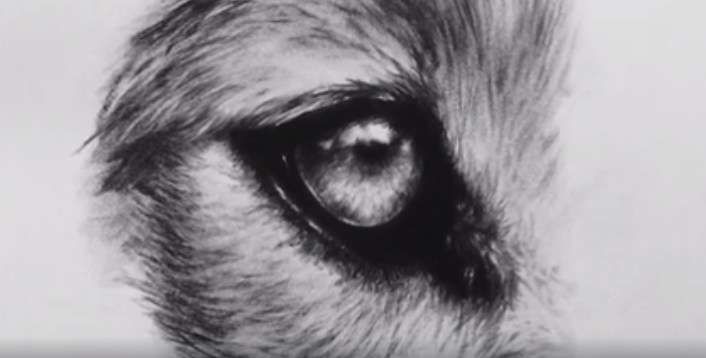 If a picture is worth a thousand words …
If a picture is worth a thousand words …
this blog post is roughly the length of War and Peace. Luckily, you don’t have to read that much. Instead, click here to watch this short timelapse video from Carla Klingenberg at Carla Grace Art (and then come back).
Two things struck me as I watched Carla draw this wolf’s eye.
- Carla is incredibly talented.
- There are a lot of parallels between art and writing, or between art and music (and probably between art and a lot of other creative pursuits).
It doesn’t just happen.
Carla didn’t pick up a pencil or two and draw this. In the same way, musicians don’t just pick up an instrument and play like Bach (or Mozart or Louis Armstrong or Jimi Hendrix or whoever plays your kind of music).
And writers don’t pick up a pen (or a computer keyboard) and churn out Pride and Prejudice or War and Peace or Redeeming Love.
Working at this level takes talent, teaching, and practice. Lots of practice.
Carla has spent years perfecting her technique. I’m not going to produce what she produces overnight. But by watching and imitating her technique, at least I’d know I was on the right track (for example, I’d never have guessed that she used an eraser as much as she did. I’d have left that blank, drawn around it, not coloured and erased).
Here’s what Carla shows us we need to succeed in our artistic endeavours:
We need to have a plan
We can see from the start of the video that Carla isn’t starting with a blank sheet of paper:
- She has a vision of what she wants to achieve
- She’s starting with a plan, a structure, a frame to build on.
- She’s sketched the basic outline
- She’s assembled the tools she’s going to need to reach her vision.
We need to know the craft
We’re not born knowing how to do things like draw, play an instrument, or write—although we may well be born with some natural talent. But in order to produce art of this quality, Carla has undertaken some training (she’s an art school graduate), and that will have taught her various aspects of the artist’s craft. For example, who knew that part of the technique was rubbing out?
We need to practice the craft
I’m no expert on art, but it some of her first draft looks like smudge. Some looks like it’s caked on too thick. But the video shows us that a lot of that was deliberate. Carla was laying a foundation. She’s learned from experts, and she’s done enough practice to make it now look easy.
We need to edit
Carla spends a lot of time rubbing out what she doesn’t need, then adding the final touches. It’s like the grace notes in music, those tiny additional flourishes that set an outstanding musician apart from the rest of us. And we have to do the same in writing.
This, to me, was the real eye-opener. Without this editing stage, the end product wouldn’t have looked nearly as good. It requires as much talent and craft and practice required to finish the work as it did to begin.
Craft is even more important at this final editing stage: you have to know what you’re doing to polish it to get the right effect. Otherwise you might fail to touch up something that needs polishing, or delete something vital, or add something that’s not needed.
